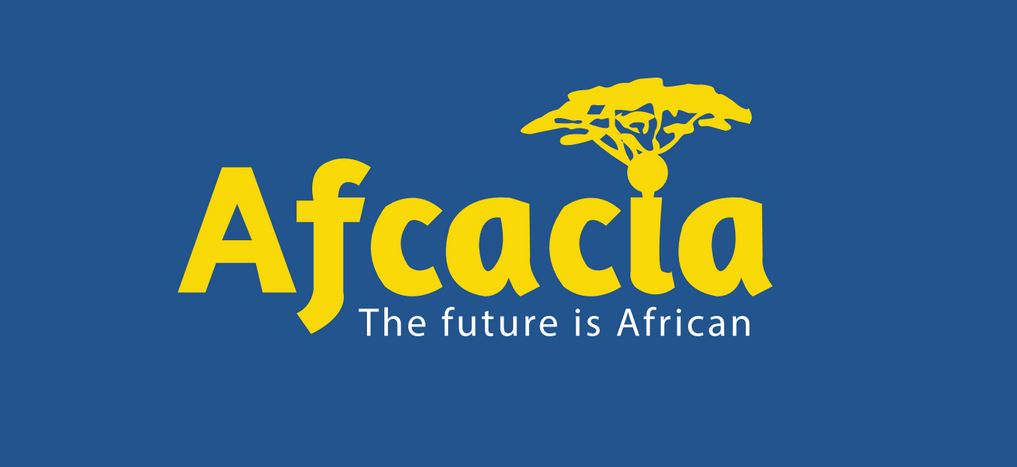Across the African continent, the demand for high-capacity, low-latency networks is surging—driven by AI adoption, cloud migration, and the digitalisation of critical sectors from the public sector to finance. Meeting this demand requires more than simply expanding capacity; it calls for a complete rethink of how networks are designed, deployed, and scaled.
The recent acquisition of Infinera by Nokia is one catalyst for this change—bringing together two global leaders in optical networks and creating an innovation powerhouse with the scale and expertise to address the most complex connectivity challenges that Africa is also facing with. But the real story is not about any single acquisition—it’s about what Africa’s networks must achieve to support the continent’s next decade of growth.
Connecting the continent from shore to core
For years, subsea cables have served as Africa’s digital arteries, delivering vast bandwidth to coastal landing stations. These remain essential, but true transformation lies in extending this capacity deep into the continent. Emerging inland fibre corridors—linking hubs such as Nairobi, Lagos, and Johannesburg—are critical to ensuring that bandwidth does not stall at the shoreline.
The industry must focus on high-capacity, end-to-end connectivity corridors that integrate subsea and terrestrial routes, enabling data to flow seamlessly from the coast to inland cities, industrial zones, and rural communities. This will require transport solutions that deliver both scale and efficiency, optimising for Africa’s diverse geography and long-haul distances.
Building AI-ready, hyperscale infrastructure
AI workloads and hyperscale cloud adoption are reshaping Africa’s connectivity needs. From real-time analytics in agriculture to high-frequency financial trading, tomorrow’s applications will demand networks capable of moving vast datasets instantly and securely.
For operators, this means investing in infrastructure that is programmable, ultra-low latency, and able to scale to terabits of capacity quickly. Data centres—whether in major cities or emerging tech hubs—must be interconnected by high-speed optical backbones that can handle massive east–west traffic flows just as efficiently as north–south international routes.
Engineering for Africa’s realities
Africa’s size and terrain present unique challenges. Networks may need to cross deserts, mountains, or dense forests—and in many cases, deployments must operate in environments with limited existing infrastructure.
The industry must design for resilience, with flexible architectures that can adapt to local conditions while maintaining global performance standards. That includes building systems capable of withstanding extreme climates, enabling easy maintenance in remote regions, and supporting both national and cross-border connectivity.
Securing Africa’s digital future
As Africa’s digital economy grows, network security becomes a strategic imperative. Governments, financial institutions, and critical infrastructure providers increasingly demand quantum-safe encryption to protect against both current and future threats.
Embedding advanced security into network architecture from the outset is essential—not just for compliance, but to build trust with users and businesses. Secure-by-design networks can also become a differentiator for operators competing for enterprise and government contracts.
Bringing scale to innovation
Africa’s connectivity needs are diverse—ranging from cost-optimised rural solutions to ultra-high-capacity links for hyperscalers and global carriers. Meeting this spectrum of demand requires scale: scale in R&D to accelerate innovation, scale in manufacturing to reduce costs, and scale in delivery to meet rapid deployment timelines.
By leveraging global expertise and applying it to African contexts, the industry can shorten the time between innovation and deployment, ensuring that the continent is not a late adopter but a leader in next-generation network capabilities.
From infrastructure to impact
Ultimately, Africa’s connectivity challenge is not just about technology—it’s about outcomes. High-capacity, secure, and intelligent networks can transform how Africans learn, trade, innovate, and compete on the world stage.
This is about enabling a software developer in Kigali to serve clients in New York, giving farmers in rural Kenya access to real-time weather analytics, and allowing students in remote areas to tap into global educational resources. It’s about creating the digital foundations for industries that will drive Africa’s future growth.
The path forward will be shaped by those who can deliver networks that evolve as fast as Africa’s ambitions. With the right mix of innovation, scale, and local relevance, the industry can ensure that Africa’s connectivity revolution is not only realised—but sustained for generations to come. By bringing together breakthrough optical technologies and deep local expertise, the Nokia–Infinera combination is enabling that future.
Samer Lutfi is the Head of Growth Groups Sales Unit for Network Infrastructure, Nokia MEA




